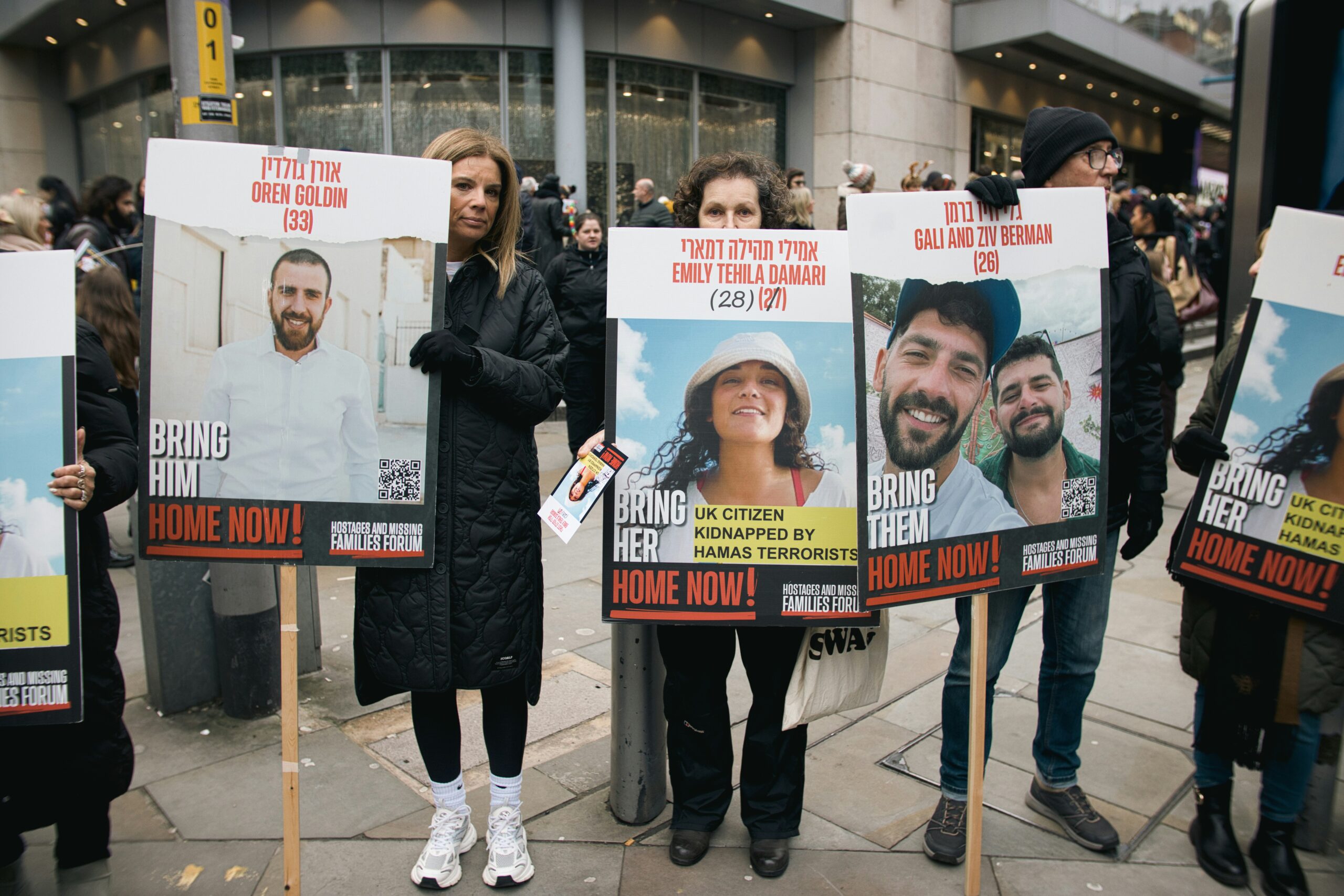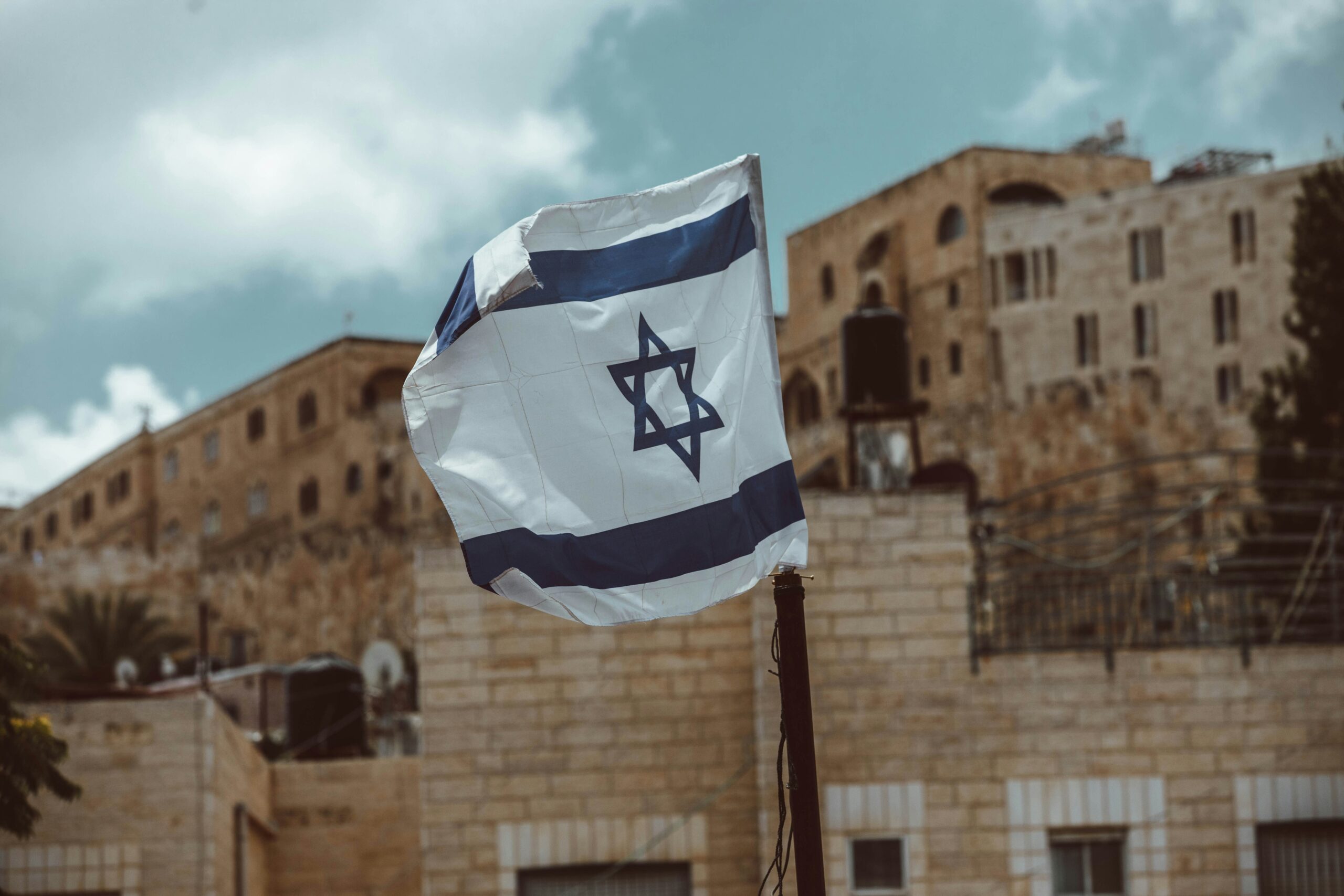A Resurgent Conflict
Syria has once again erupted into large-scale violence as clashes between the new Syrian administration’s forces and pro-Assad loyalists have left over 1,000 dead in just two days. The latest escalation represents the bloodiest episode since the fall of Bashar al-Assad’s regime in December 2024, underscoring the fragility of the country’s transition and the deep-seated divisions that persist.
What started as a series of sporadic skirmishes has escalated into full-scale urban warfare, particularly in Latakia and surrounding regions, where remnants of the old regime still maintain influence. Pro-Assad factions launched coordinated attacks on government security forces, triggering brutal countermeasures that have resulted in mass executions, indiscriminate shelling, and the forced displacement of thousands.
The Battles That Sparked Mass Killings
The clashes began when Assad loyalists, reportedly led by former regime military officers and pro-Iranian militias, staged attacks on newly established security installations in Latakia, long considered the stronghold of Assad’s Alawite base. These attacks prompted an overwhelming military response from the ruling transitional government, controlled by a coalition of Islamist factions and opposition groups that took power after Assad’s ousting in a months-long battle late last year.
The situation quickly spiraled into widespread bloodshed. According to reports from the Syrian Observatory for Human Rights, among the 1,000+ dead, at least 745 were civilians, many executed in their homes. Revenge killings have surged, particularly targeting Alawite communities seen as loyal to Assad, leading to concerns that sectarian violence is once again consuming Syria.
Witnesses in Latakia described horrific scenes as militias paraded executed bodies through the streets, sending a chilling message to Assad’s remaining loyalists. Entire neighborhoods have been set ablaze, with dozens of families attempting to flee by sea, mirroring the desperation seen during the peak of Syria’s civil war.
The Return of Sectarian Slaughter
While Syria’s civil war has officially ended with Assad’s removal, the latest violence has brought familiar patterns of sectarian slaughter back into focus. Sunni rebel forces, now the backbone of the new government’s security apparatus, have retaliated against Alawite enclaves, accusing them of harboring Assad loyalists and aiding in the recent attacks.
This surge in sectarian bloodshed has drawn comparisons to the Hama Massacre of 1982, when Assad’s father, Hafez al-Assad, ordered the destruction of an entire city to crush an Islamist uprising. The same brutal tactics are now being employed by both sides—Assad’s remaining loyalists are using urban guerrilla warfare to destabilize the government, while the ruling administration is carrying out mass arrests and executions to solidify its control.
A Humanitarian Catastrophe Unfolding
As the fighting intensifies, a humanitarian disaster is rapidly unfolding. The city of Latakia, a crucial port, has seen its infrastructure collapse. Electricity has been cut off in large areas, hospitals are overwhelmed, and clean water is running out.
Thousands of residents are attempting to flee, but with border crossings to Turkey and Iraq heavily restricted, many are left with nowhere to go. Reports indicate that fishing boats are being used as a last resort to escape by sea, a perilous option that often leads to deadly shipwrecks.
The United Nations has issued an urgent call for immediate access to humanitarian aid, warning that without intervention, Syria could see yet another refugee crisis spill into neighboring countries.
The International Response: Words Without Action
The reaction from the international community has been swift but largely rhetorical. The United Nations has condemned the violence but has failed to announce any concrete steps to de-escalate the crisis.
France and Germany have called for an independent investigation into the killings, but with Syria’s new government resistant to foreign intervention, such efforts are unlikely to gain traction. Meanwhile, Russia and Iran, both long-time backers of Assad’s forces, have remained notably silent, neither condemning nor acknowledging the loyalist offensives.
The United States, under Trump, has all but abandoned Syria, leaving the country’s fate in the hands of regional players who either lack the resources or the political will to prevent further bloodshed.
A Government on the Brink?
While the transitional government in Damascus insists that it remains in full control, the scale of the violence suggests otherwise. Assad’s loyalists may no longer have centralized leadership, but their ability to launch attacks on such a scale raises serious concerns about the new administration’s ability to maintain stability.
If the violence continues unchecked, Syria could slide back into chaos, with insurgencies emerging from Assad’s remaining supporters. Even more alarmingly, if the government continues its sectarian-based crackdowns, it risks alienating large portions of the population, potentially sparking a second civil war—this time fought not between Assad and the opposition, but between competing factions of the so-called “liberators.”
What Comes Next?
Syria is at a crossroads. Either the government takes decisive action to restore order while avoiding the sectarian bloodshed that defined the past decade, or the country risks unraveling once more.
The key questions now are:
- Can the new government maintain control without resorting to mass executions and ethnic purges?
- Will Assad loyalists regroup into an organized insurgency, prolonging Syria’s suffering?
- Will the international community intervene meaningfully, or will Syria once again be left to its fate?
Right now, the answer seems grim. Syria’s war may have ended on paper, but the bloodshed has not stopped.
Author
Discover more from The Crustian Daily
Subscribe to get the latest posts sent to your email.











